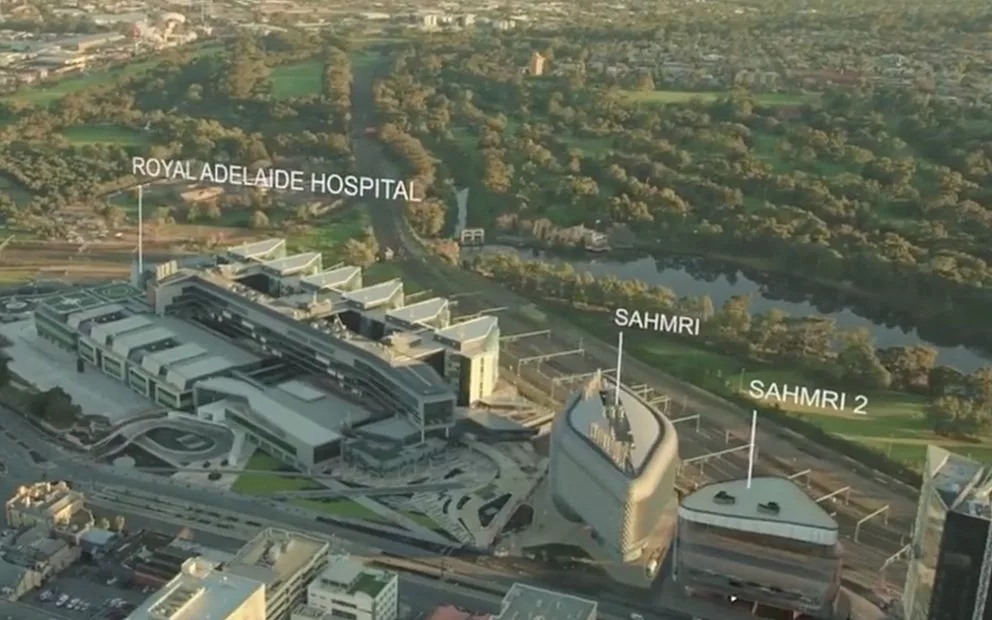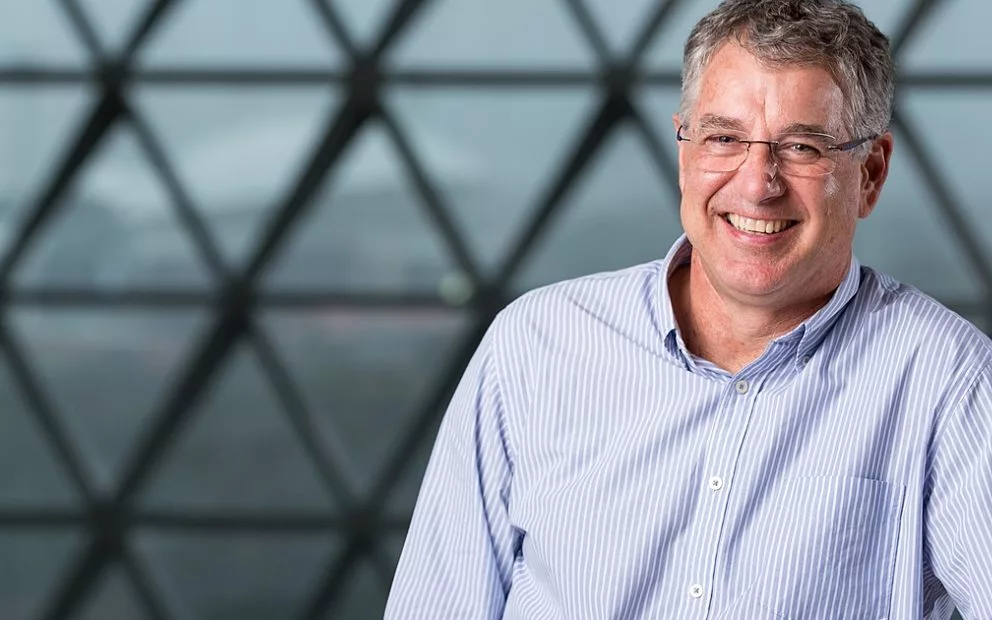The State Government will contribute $44 million towards a new state-of-the-art medical research hub to house the Southern Hemisphere’s first proton-therapy research centre.
The 2017-18 State Budget commitment will help build the second South Australian Health and Medical Research Institute building, to be known as SAHMRI II, in Adelaide’s biomedical precinct.
The State Government will provide a 99-year lease on the land. The site is currently occupied by the Train Operation Control Centre, which will be moved to a modern facility at the Dry Creek Depot at a cost of $31.4 million over three years.
Background
The proton-therapy centre will treat patients and house a research facility that will specialise in fields including radiation biology, genetics, high-energy particle physics and nanotechnology.
The $273 million SAHMRI II project is expected to create 250 jobs in construction and 340 ongoing jobs, including for researchers. In May, the Federal Government announced it would commit $68 million in Commonwealth funding as part of the Federal Budget.
Proton therapy is cutting-edge cancer treatment that has the ability to deliver precise radiation to destroy tumour targets and save organs.
The technology has the potential to be part of the cure for a significant number of cancers, whilst reducing the likelihood of side effects and complications from treatment. The technology has never been available in the Southern Hemisphere, leaving cancer patients to seek expensive treatment in the United States of America or Europe.
Quotes attributable to Treasurer Tom Koutsantonis
The proton-therapy centre in the second SAHMRI building will be located alongside the first SAHMRI, the new Royal Adelaide Hospital, the University of South Australia Cancer Centre and the new University of Adelaide Medical School.
Locating the proton-therapy centre within the biomedical precinct ensures the research potential can be fully realised and allows clinicians to build on collaborations with major international centres. SAHMRI II will provide significant capacity to increase research and development, and create room for lab and office space for other health and biomedical companies.
Quotes attributable to Health Minister Jack Snelling
The South Australian Government has made significant investments to create a precinct that is the envy of the biomedical research world and SAHMRI II builds on our success in this area.
South Australian researchers such as physicist Sir Mark Oliphant, Sir William Lawrence and Sir William Henry Bragg led the development of proton therapy more than a century ago – and it’s great to see their legacy continue today.
Locally-based patients who need this innovative treatment will no longer need to travel overseas to receive it, while at the same time creating highly-skilled jobs for South Australians.
Quotes attributable to SAHMRI Executive Director Professor Steve Wesselingh
This announcement will further enhance the link to direct patient care and the opportunity to translate research findings directly to improvements in health service and clinical service models.
South Australia will be able to attract the best and the brightest researchers and clinicians to utilise the proton therapy unit. This will put us on the world stage to attract academic talent and grants, and enable us to service the Australasian region for proton therapy treatment that has not been available previously.
Having the proton therapy unit housed within SAHMRI II, increases the capabilities of the South Australian Health and Biomedical Precinct, enhancing the existing strengths offered by the co-location of the new Royal Adelaide Hospital, SAHMRI and the universities.
SAHMRI is incredibly proud to be a leader of this project, which will establish a world-class proton therapy facility that will impact so many aspects, from teaching and clinical studies, through to patient care and treatment.



